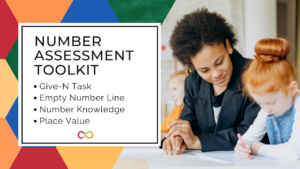
7 ways to observe ice and snow with students this winter
Taking children outside to observe nature in winter has its challenges, but colder weather allows curious minds to contemplate the influence of factors like temperature and atmosphere. 7 ideas to engage students in outdoor learning during winter,
adaptable for any type of outdoor environment.











